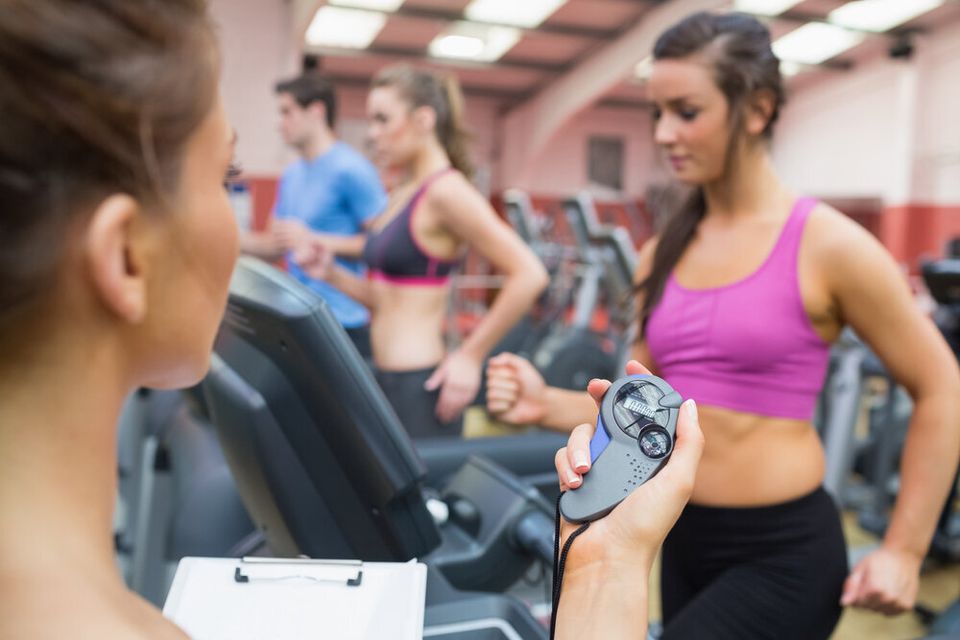

There are plenty of articles out there about how to get fit in 2013. But what should those of us who are already fit be doing to improve our fitness abilities? Here are five resolutions for better athletic performance in 2013.
1) Get a Fitness Assessment
Establishing a baseline for your fitness is a great starting point for setting specific goals for the year ahead. Once you’ve established where you are at and where you’d like to be, you can determine how much and what type of training you’ll need to do. A fitness test can also be a gauge of overall health. A qualified coach or personal trainer can do a fitness assessment – which typically includes tests of agility, strength, flexibility and your VO2 max (a measure of how efficiently your body transports oxygen through the body).
2) Train with a Heart Rate Monitor
Despite increasing the number of miles you’re running or biking, if you’re kicking it old school without a heart rate monitor, you might not be getting the most out of your training. A heart rate monitor allows you to track improvements in your cardiovascular fitness over time, helps you to pace yourself during long workouts or races and can serve as a personal trainer of sorts —motivating you to push harder to build fitness.
3) Stretch
Reduce the chance of injury by improving flexibility through stretching. It can be as simple as dedicating 10 to 15 minutes of post-workout time to a consistent stretching regimen, or incorporating a regular (hot) yoga class into your weekly training schedule. Improved flexibility can also lead to better overall performance (for example, a tight Achilles tendon can reduce your foot and ankle’s full range of motion). Already suffering from an injury? Stretching specific muscle groups can help with injury rehab and to reduce the rate of recurrence.
4) Cross Train
Training for a triathlon next summer? Instead of logging endless miles indoors on a bike trainer, why not hit the trails for a solid session of cross country skiing? Cross training is a great way to alleviate boredom that sometimes comes with sport-specific training and can also help to reduce the occurrence of overuse injuries by giving your body a break from repetitive movements. Cross training is also a great way to stay fit while rehabbing from an injury (consider water running as an alternative to pavement
pounding, for example).
5) Improve Technique
Oftentimes athletes get into bad habits that can be hard to break. Consider reducing your training volume and instead focus on improving technique. Even a slight modification to your swim stroke or the way you’re pedalling your bike can dramatically improve your speed, without having to increase your mileage. For gym workouts, consider hiring a personal trainer for a few sessions to work with you on reclaiming your perfect squat form.
Marissa Schroder is publisher of Get Out There Magazine, Canada’s destination for endurance athletes and outdoor enthusiasts.
